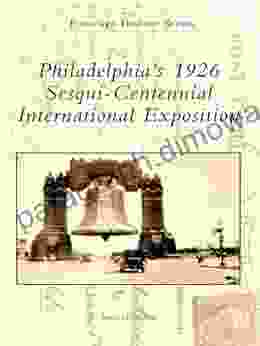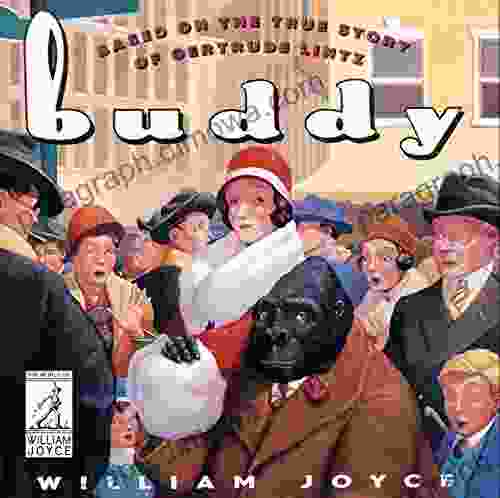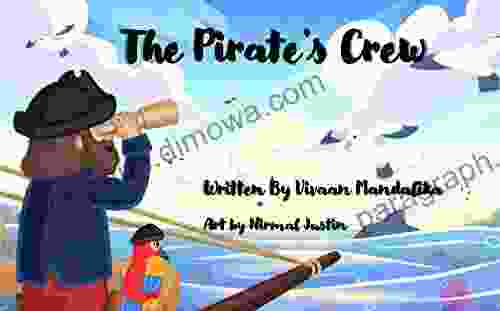Production Coordinating Theatrical Production: The Ultimate Guide

Production coordinating is a vital role in any theatrical production. The production coordinator is responsible for overseeing all aspects of the production, from pre-production to post-production. This includes tasks such as budgeting, scheduling, hiring crew and cast, and managing the production schedule.
5 out of 5
| Language | : | English |
| File size | : | 474 KB |
| Text-to-Speech | : | Enabled |
| Enhanced typesetting | : | Enabled |
| Word Wise | : | Enabled |
| Print length | : | 32 pages |
| Screen Reader | : | Supported |
A good production coordinator is organized, detail-oriented, and has a strong understanding of the theatrical production process. They are also able to work well under pressure and meet deadlines.
This guide will provide you with everything you need to know about production coordinating theatrical production. We will cover topics such as:
* Pre-production planning * Budgeting * Scheduling * Hiring crew and cast * Managing the production schedule * Post-production
By the end of this guide, you will have a solid understanding of the role of the production coordinator and the skills and knowledge you need to be successful in this role.
Pre-Production Planning
The pre-production phase of a theatrical production is where all of the planning and preparation takes place. This is when the production team will develop the vision for the show, create a budget, and put together a production schedule.
One of the first steps in pre-production is to develop a production concept. This is a brief overview of the show, including its theme, style, and target audience. Once the production concept is in place, the team can begin to develop the budget and schedule.
The budget is a detailed plan of how much money will be needed to produce the show. It includes expenses such as venue rental, equipment, costumes, props, and marketing. The schedule is a timeline of all of the tasks that need to be completed before the show opens.
Once the budget and schedule are in place, the team can begin hiring crew and cast. The crew includes people such as the director, stage manager, technical director, and actors. The cast is the group of actors who will perform in the show.
Budgeting
Budgeting is one of the most important aspects of production coordinating. The production coordinator is responsible for developing and managing the budget for the show. This includes tracking expenses, identifying potential cost savings, and making sure that the show stays within budget.
There are a number of different ways to budget for a theatrical production. One common approach is to use a line-item budget. This type of budget lists all of the expenses for the show, such as venue rental, equipment, costumes, and props.
Another approach is to use a percentage budget. This type of budget allocates a certain percentage of the total budget to each department, such as casting, production, and marketing.
No matter which budgeting approach you use, it is important to be realistic and accurate. The budget should be based on the actual costs of producing the show. It should also be flexible enough to accommodate unexpected expenses.
Scheduling
Scheduling is another critical aspect of production coordinating. The production coordinator is responsible for creating and managing the production schedule. This schedule outlines all of the tasks that need to be completed before the show opens.
The production schedule should be realistic and achievable. It should also be flexible enough to accommodate changes and unforeseen circumstances.
One of the most important things to consider when creating a production schedule is the critical path. The critical path is the sequence of tasks that must be completed in Free Download to open the show on time.
The critical path can be identified by using a Gantt chart. A Gantt chart is a visual representation of the production schedule. It shows the start and end dates of each task, as well as the dependencies between tasks.
Once the critical path has been identified, the production coordinator can begin to allocate resources to the different tasks. It is important to make sure that the tasks on the critical path are given priority.
Hiring Crew and Cast
The production coordinator is responsible for hiring the crew and cast for the show. This includes interviewing potential candidates, negotiating contracts, and managing the payroll.
When hiring crew and cast, it is important to look for people who are qualified, experienced, and passionate about the project. It is also important to make sure that the crew and cast are a good fit for the show and for each other.
Once the crew and cast have been hired, the production coordinator will need to manage the payroll. This includes tracking hours worked, calculating pay, and issuing paychecks.
Managing the Production Schedule
The production coordinator is responsible for managing the production schedule. This includes tracking the progress of all tasks, identifying potential delays, and making adjustments as needed.
There are a number of different tools that can be used to manage a production schedule. One common approach is to use a spreadsheet. A spreadsheet can be used to track the start and end dates of each task, as well as the dependencies between tasks.
Another approach is to use a project management software program. Project management software programs can be used to track tasks, manage resources, and create reports.
No matter which approach you use, it is important to keep the production schedule up to date. The schedule should be reviewed regularly and updated as needed.
Post-Production
The post-production phase of a theatrical production begins after the show has opened. This is when the production team will evaluate the show, make any necessary changes, and close out the production.
One of the first steps in post-production is to evaluate the show. This includes gathering feedback from the audience, the cast and crew, and the production team. The feedback can be used to identify areas where the show can be improved.
Once the show has been evaluated, the production team can begin to make any necessary changes. These changes may include revising the script, re-staging scenes, or adding new elements to the show.
The final step in post-production is to close out the production. This includes settling any outstanding debts, returning equipment, and storing costumes and props.
Production coordinating theatrical production is a complex and challenging role. However, it is also a rewarding role that can lead to a successful career in the theatre industry.
If you are interested in becoming a production coordinator, there are a few things you can do to prepare yourself for the role. First, you should get a good education in theatre production. This can be done by earning a degree in theatre or by taking classes at a community college or theatre conservatory.
Second, you should gain some experience in theatre production. This can be done by volunteering at a local theatre company or by working on student productions.
Finally, you should develop your skills in budgeting, scheduling, and management. These skills can be developed through coursework, workshops, and on-the-job training.
If you have the passion, the skills, and the experience, then you can be a successful production coordinator.
5 out of 5
| Language | : | English |
| File size | : | 474 KB |
| Text-to-Speech | : | Enabled |
| Enhanced typesetting | : | Enabled |
| Word Wise | : | Enabled |
| Print length | : | 32 pages |
| Screen Reader | : | Supported |
Do you want to contribute by writing guest posts on this blog?
Please contact us and send us a resume of previous articles that you have written.
 Book
Book Novel
Novel Page
Page Chapter
Chapter Text
Text Story
Story Genre
Genre Reader
Reader Library
Library Paperback
Paperback E-book
E-book Magazine
Magazine Newspaper
Newspaper Paragraph
Paragraph Sentence
Sentence Bookmark
Bookmark Shelf
Shelf Glossary
Glossary Bibliography
Bibliography Foreword
Foreword Preface
Preface Synopsis
Synopsis Annotation
Annotation Footnote
Footnote Manuscript
Manuscript Scroll
Scroll Codex
Codex Tome
Tome Bestseller
Bestseller Classics
Classics Library card
Library card Narrative
Narrative Biography
Biography Autobiography
Autobiography Memoir
Memoir Reference
Reference Encyclopedia
Encyclopedia Monika Spiess
Monika Spiess Jacqueline Brown
Jacqueline Brown Rose Mckey
Rose Mckey Jake Jacobson
Jake Jacobson Jacques Nantel
Jacques Nantel Tomoco Kanemaki
Tomoco Kanemaki James Castrission
James Castrission Sora Y D
Sora Y D James Haskell
James Haskell Lucille Travis
Lucille Travis Souvankham Thammavongsa
Souvankham Thammavongsa James Wolcott
James Wolcott Wolf O Rourc
Wolf O Rourc M Asghar Bhatti
M Asghar Bhatti Ron Stoltz
Ron Stoltz Jan S Hesthaven
Jan S Hesthaven Shoo Rayner
Shoo Rayner Sam Hunter
Sam Hunter James F Twyman
James F Twyman William Mcginnis
William Mcginnis
Light bulbAdvertise smarter! Our strategic ad space ensures maximum exposure. Reserve your spot today!
 Gage HayesFollow ·15.3k
Gage HayesFollow ·15.3k Martin CoxFollow ·2.1k
Martin CoxFollow ·2.1k Lee SimmonsFollow ·13.8k
Lee SimmonsFollow ·13.8k Christian CarterFollow ·2.7k
Christian CarterFollow ·2.7k Henry JamesFollow ·11.6k
Henry JamesFollow ·11.6k Austin FordFollow ·14.7k
Austin FordFollow ·14.7k George HayesFollow ·15.6k
George HayesFollow ·15.6k Rob FosterFollow ·9.9k
Rob FosterFollow ·9.9k
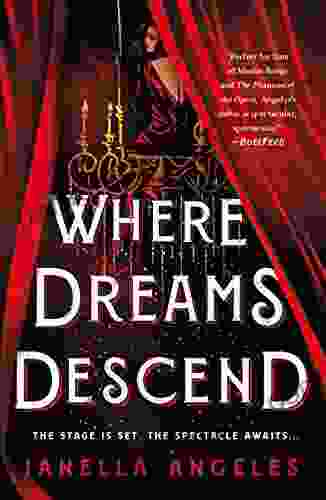
 William Golding
William GoldingWhere Dreams Descend: A Literary Gateway to a Kingdom of...
Prepare yourself for a...

 Joseph Conrad
Joseph ConradAmy Tan: Asian Americans of Achievement
Amy Tan is an...
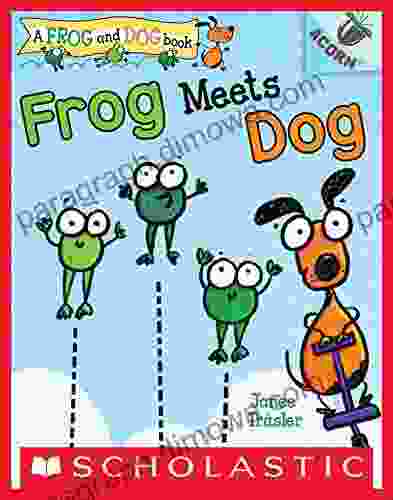
 Fredrick Cox
Fredrick CoxAn Acorn Frog and Dog: An Unforgettable Adventure for...
Embark on an enchanting journey with "An...
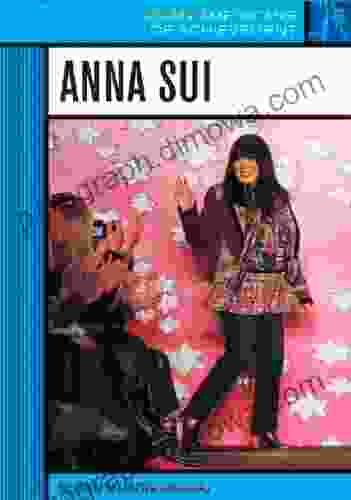
 Robert Reed
Robert ReedAnna Sui: An Inspiring Asian American Role Model
Anna Sui is a...
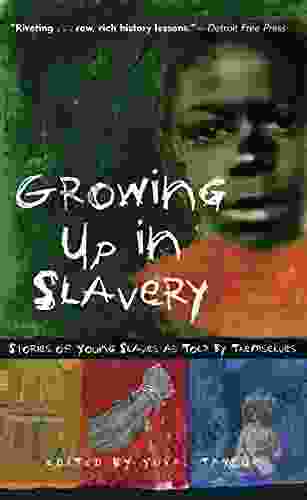
 Jeremy Cook
Jeremy CookGrowing Up in Slavery: An Unforgettable and Harrowing...
A Window into a Forgotten...
5 out of 5
| Language | : | English |
| File size | : | 474 KB |
| Text-to-Speech | : | Enabled |
| Enhanced typesetting | : | Enabled |
| Word Wise | : | Enabled |
| Print length | : | 32 pages |
| Screen Reader | : | Supported |



